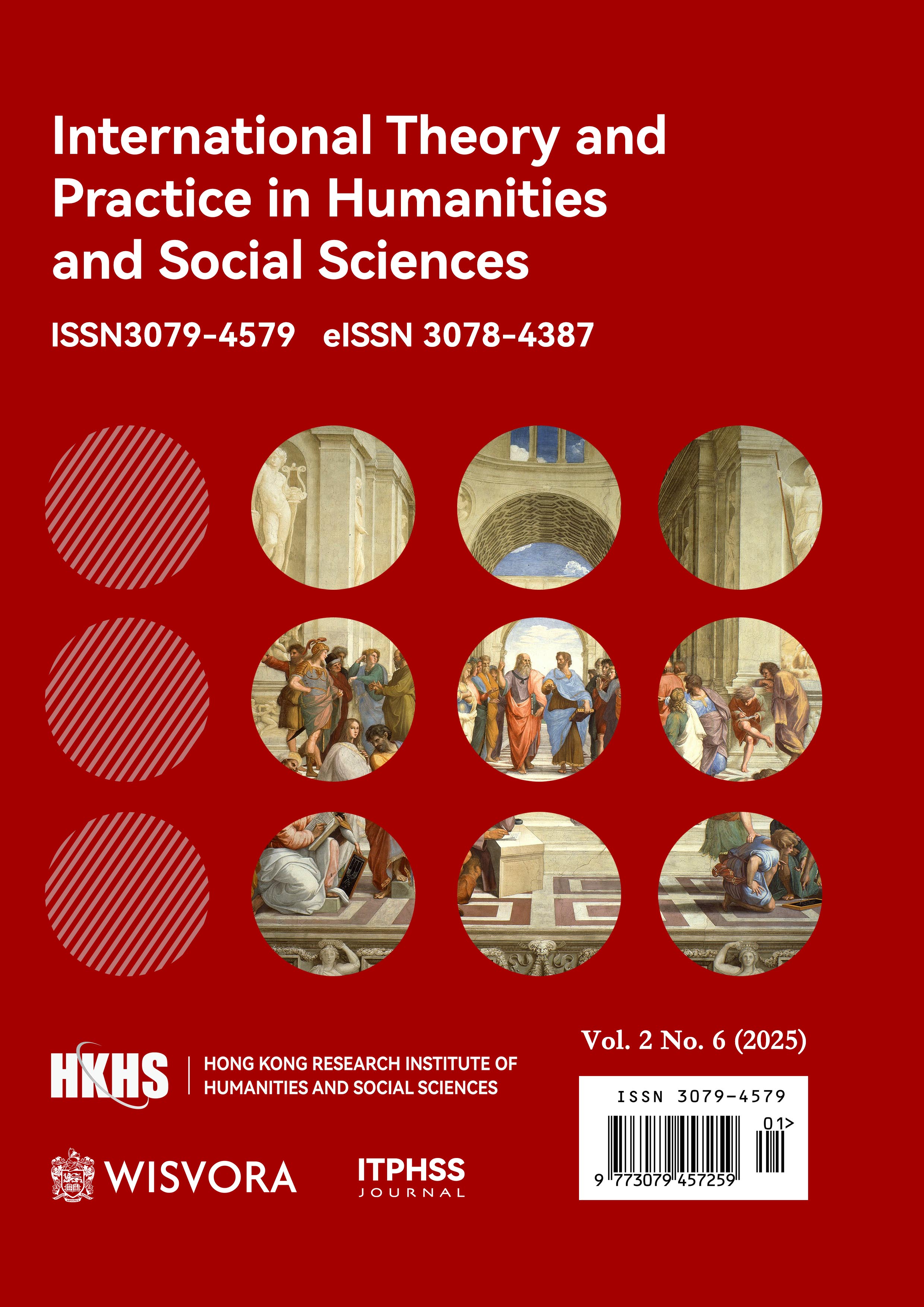Abstract
With the increasing internationalization of China's higher education, foreign students growing year by year and university teaching management facing cultural collision and learning difficulties with different learning habits.Drawing from certain behavioral data of international students in China, this article proposes the creation of a smart teaching management platform, explores the notion of a platform design plan, technical pathway, and its practical significance, three types of behavior data models and clustering for learning, living, and social data, and emphasizes that platform application can enable accurate delivery of educational resources, tailored academic suggestions, early learning alerts, and cultural assimilation. We think that it can improve teaching management level, improve foreign students' satisfaction, and help the goal of internationalization of higher education.
References
1. Arizmendi, C. J., Bernacki, M. L., Raković, M., Plumley, R. D., Urban, C. J., Panter, A. T., ... & Gates, K. M. (2023). Predicting student outcomes using digital logs of learning behaviors: Review, current standards, and suggestions for future work. Behavior research methods, 55(6), 3026-3054. https://link.springer.com/article/10.3758/s13428-022-01939-9
2. Arqoub, M. A., El-Khalili, N., Hasan, M. A. S., & Banna, A. A. (2022, February). Extending learning management system for learning analytics. In 2022 International Conference on Business Analytics for Technology and Security (ICBATS) (pp. 1-6). IEEE. https://ieeexplore.ieee.org/abstract/document/9759070
3. Cao, C., Meng, Q., & Zhang, H. (2024). A longitudinal examination of WeChat usage intensity, behavioral engagement, and cross-cultural adjustment among international students in China. Higher Education, 87(3), 661-683.https://link.springer.com/article/10.1007/s10734-023-01029-5
4. Cho, M. E., Lee, J. H., & Kim, M. J. (2023). Identifying online learning experience of architecture students for a smart education environment. Journal of Asian Architecture and Building Engineering, 22(4), 1903-1914.https://www.tandfonline.com/doi/full/10.1080/13467581.2022.2145216
5. Du, J., Hew, K. F., & Liu, L. (2023). What can online traces tell us about students’ self-regulated learning? A systematic review of online trace data analysis. Computers & Education, 201, 104828. https://www.sciencedirect.com/science/article/abs/pii/S0360131523001057
6. Fan, J. (2024). A big data and neural networks driven approach to design students management system. Soft Computing, 28(2), 1255-1276. https://link.springer.com/article/10.1007/s00500-023-09524-8
7. Hu, C., & Li, M. (2024). Leveraging Deep Learning for Social Media Behavior Analysis to Enhance Personalized Learning Experience in Higher Education: A Case Study of Computer Science Students. Journal of Advanced Computing Systems, 4(11), 1-14. https://scipublication.com/index.php/JACS/article/view/66
8. Kühl, N., Schemmer, M., Goutier, M., & Satzger, G. (2022). Artificial intelligence and machine learning. Electronic Markets, 32(4), 2235-2244.https://link.springer.com/article/10.1007/s12525-022-00598-0
9. Ni, Q., Zhu, Y., Zhang, L., Lu, X., & Zhang, L. (2023). Leverage learning behaviour data for students' learning performance prediction and influence factor analysis. IEEE Transactions on Artificial Intelligence, 5(5), 2422-2433. https://ieeexplore.ieee.org/abstract/document/10266676
10. Qian, J. (2022). Research on artificial intelligence technology of virtual reality teaching method in digital media art creation. Journal of Internet Technology, 23(1), 125-132. https://jit.ndhu.edu.tw/article/view/2649
11.Sharma, R., Shrivastava, S. S., & Sharma, A. (2023). Predicting Student Performance Using Educational Data Mining and Learning Analytics Technique. Journal of Intelligent Systems and Internet of Things, 10(2), 24-37. : https://doi.org/10.54216/JISIoT.100203
12.Veluvali, P., & Surisetti, J. (2022). Learning management system for greater learner engagement in higher education—A review. Higher Education for the Future, 9(1), 107-121. https://journals.sagepub.com/doi/abs/10.1177/23476311211049855

This work is licensed under a Creative Commons Attribution 4.0 International License.
Copyright (c) 2025 Mingmin Zou (Author)

